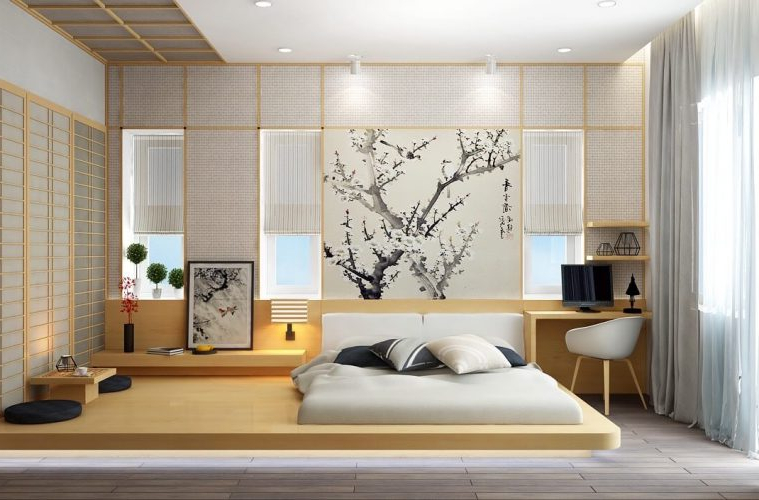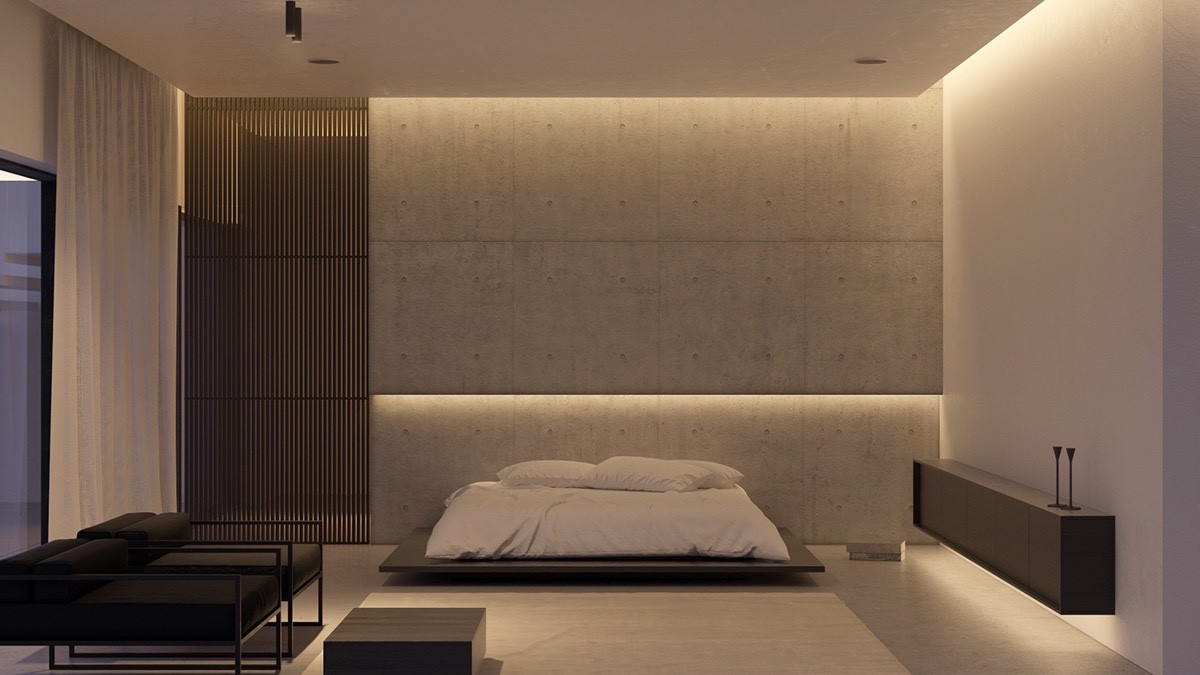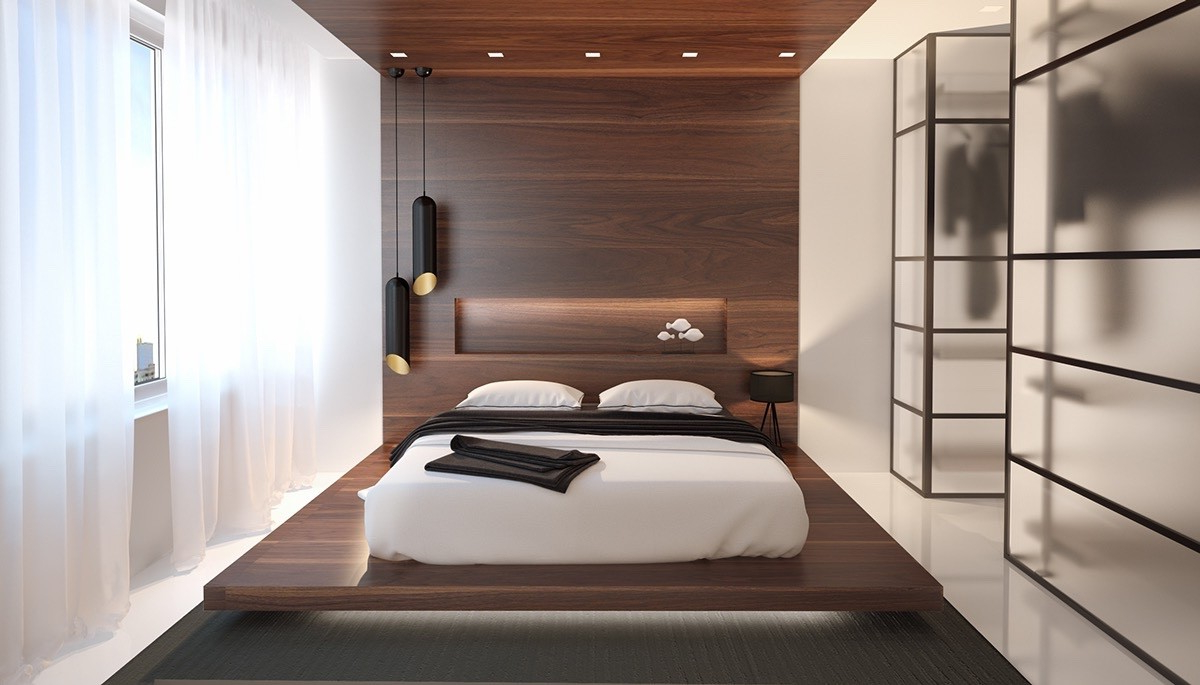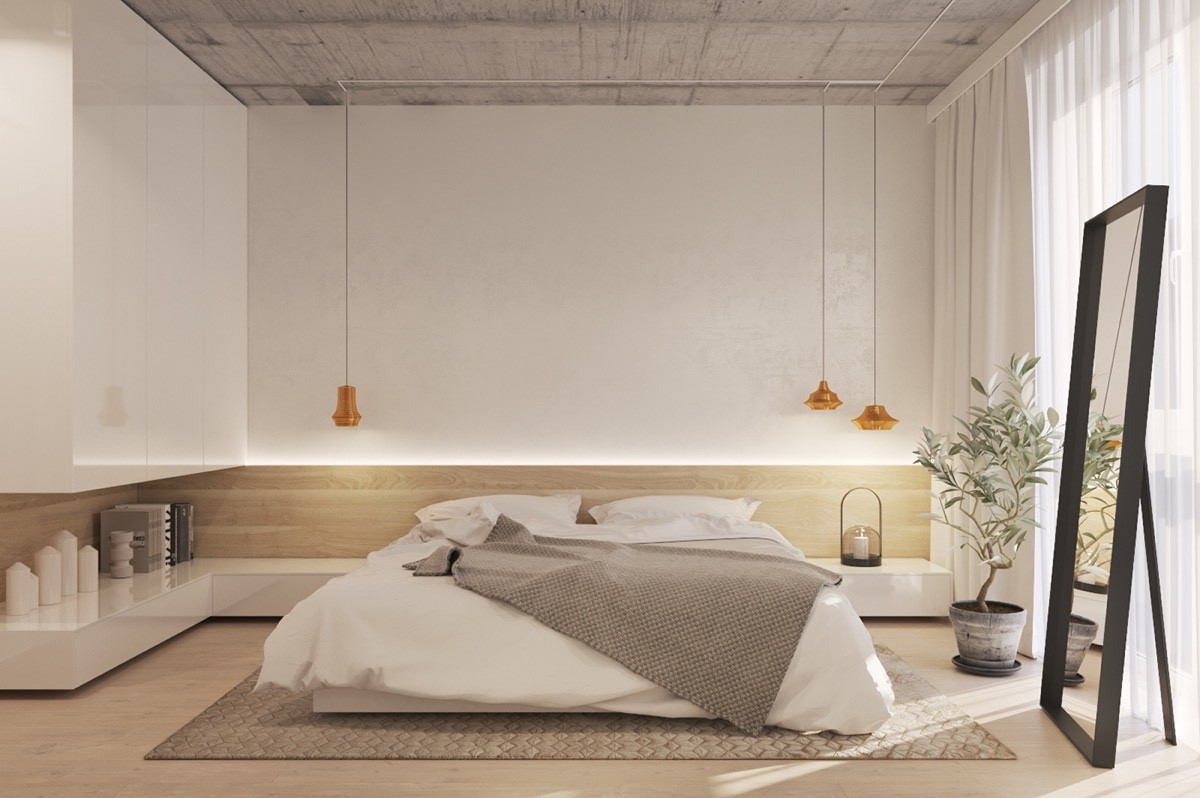What if I told you that getting rid of half your stuff could lead to better sleep? It might sound counterintuitive, but many people have found that creating a calm, uncluttered sleeping environment actually helps them drift off faster and stay asleep longer. This isn’t just about having a tidy room – it’s about designing a space that supports rest and relaxation.
We all know the feeling: you lie down in your bed, surrounded by too many things, and instead of drifting off to sleep, you find yourself scrolling through your phone, worrying about unfinished tasks, or just feeling overwhelmed. But what if you could transform your bedroom into a sanctuary of calm? What if you could create a space that makes it easy to fall asleep and hard to wake up? That’s exactly what happens when you embrace the power of minimalism in your sleeping area. This approach isn’t about deprivation – it’s about intentionality. It’s about choosing what truly matters to you and letting go of everything else that distracts from peace.
The Psychology Behind Minimalist Bedrooms
Why does having fewer things in your bedroom make such a big difference? Research shows that clutter creates mental chaos. When we’re surrounded by visual noise, our brains struggle to relax. A study published in the Journal of Environmental Psychology found that people with tidier spaces reported lower stress levels and better sleep quality. Think about it – when you have a clear space, your mind can focus on rest rather than sorting through what needs attention. It’s like giving your brain a break from decision-making. Consider how much energy you spend each day managing your belongings, and imagine how much more peaceful your evening routine could be with fewer items to account for. Your mind will thank you for the simplicity.
Start Small with Essential Items Only
Begin by identifying what you really need in your bedroom. A bed, maybe a nightstand, and perhaps a chair or small table. Everything else can wait. Ask yourself: does this item bring me joy or serve a purpose? If not, consider moving it elsewhere or letting it go entirely. Here are some key essentials to keep:
• Your mattress and bedding
• A comfortable pillow
• A lamp or light source for reading
• A few books or calming music
• A small plant for fresh air
• Your alarm clock (if you still use one)
The idea is to limit your possessions to only those that contribute positively to your sleep experience. Remove anything that makes you feel busy or anxious. Remember, less is often more when it comes to promoting restful sleep.
Choose Quality Over Quantity
When you do decide to keep something, make sure it’s something you truly love and value. A beautiful blanket that makes you feel cozy, a lamp that casts gentle light, or a book that puts you in a peaceful state of mind. These items don’t need to be expensive – they just need to be meaningful to you. The quality of your belongings matters more than the number of them. Think about how you feel when you look at something you genuinely enjoy versus something you just keep because it’s there. You’ll find that you sleep better when you’re surrounded by things that speak to you rather than things that take up space.
Create Clear Boundaries Between Work and Rest
One of the biggest mistakes people make is keeping work-related items in their bedroom. Laptops, notebooks, pens, and even coffee mugs can remind your brain that it’s time to be productive rather than relaxed. Set up a designated workspace elsewhere in your home. If you must keep some work items near your bed, create a specific spot for them – maybe a small tray or basket. This helps your mind understand that your bedroom is exclusively for rest. Try this experiment: remove everything from your bedside table except your alarm clock and a book. Notice how different it feels to get ready for sleep. You’ll probably find that you’re more relaxed and ready to turn off your thoughts.
Use Storage Strategically to Maintain Clarity
Having fewer things isn’t about deprivation – it’s about organization. Use storage solutions that help you maintain your minimalist approach. Consider:
• Under-bed storage boxes for seasonal clothing or extra linens
• Wall shelves for books or decorative items
• Closet organizers to keep clothes neat and accessible
• A small cabinet or drawer for personal care items
The key is to store things somewhere else so they don’t compete for space in your bedroom. When you can see clearly what’s in your room, you’re more likely to feel calm. You won’t constantly wonder where your things are, and you won’t feel the pressure to keep everything within arm’s reach. It’s amazing how much peace of mind comes from knowing that your belongings are properly stored and accounted for.
Design Your Space for Calm and Comfort
A peaceful sleeping space goes beyond just having fewer items. It’s about creating an atmosphere that invites rest. Consider these elements:
• Soft textures like plush blankets, smooth sheets, and comfortable pillows
• Neutral colors that promote tranquility (blues, soft grays, warm whites)
• Dim lighting that doesn’t strain your eyes
• Natural elements like plants or wood accents
• Gentle sounds or silence
Think about what makes you feel most at ease. Is it the way sunlight filters through curtains? The soft rustle of a comforter? The quiet hum of a fan? Creating your ideal sleeping environment requires experimentation. Try different arrangements and see what works best for you. You might be surprised at how a small change – like adding a scented candle or placing a small plant on your nightstand – can completely shift your bedroom’s energy.















